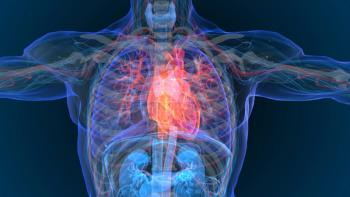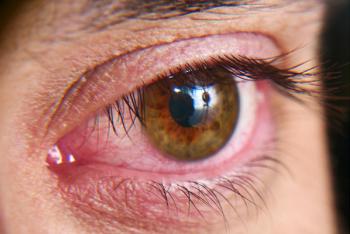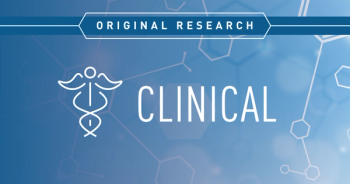
Strengths and Limitations of Current Therapeutic Options
Panelists discuss how treatment individualization depends on patient-specific factors including age, comorbidities, disease severity, and personal preferences, balancing clinical guidelines with shared decision-making to optimize both efficacy and adherence.
Episodes in this series

Current Therapeutic Landscape and Limitations
The current pulmonary arterial hypertension therapeutic arsenal includes approximately 15 approved treatments in the United States, representing a dramatic evolution from the single-therapy era of 2 decades ago. These medications target different pathways including endothelin receptor antagonism, nitric oxide-cGMP signaling, prostacyclin pathways, and the newer activin signaling inhibition. The diversity of available treatments enables individualized therapy selection and combination approaches that can provide synergistic benefits.
Despite therapeutic advances, significant limitations persist in current treatment options, particularly regarding delivery methods, adverse effect profiles, and complexity of administration. Treatment options range from simple once-daily oral medications to complex 24-hour continuous infusions requiring specialized monitoring and administration. Unfortunately, health care inequities and access limitations sometimes result in patients receiving simpler but potentially less appropriate therapies rather than optimal treatment regimens.
The field has addressed some therapeutic limitations through aggressive upfront combination therapy, typically initiating at least 2 medications simultaneously and sometimes 3 drugs in severely ill patients. This approach maximizes the probability of targeting effective pathways in individual patients while overcoming the limitation of not having precision medicine approaches. Aggressive monitoring and therapy escalation strategies further help ensure that patients receive effective treatment regimens despite inherent therapeutic challenges.
Newsletter
Stay ahead of policy, cost, and value—subscribe to AJMC for expert insights at the intersection of clinical care and health economics.














































